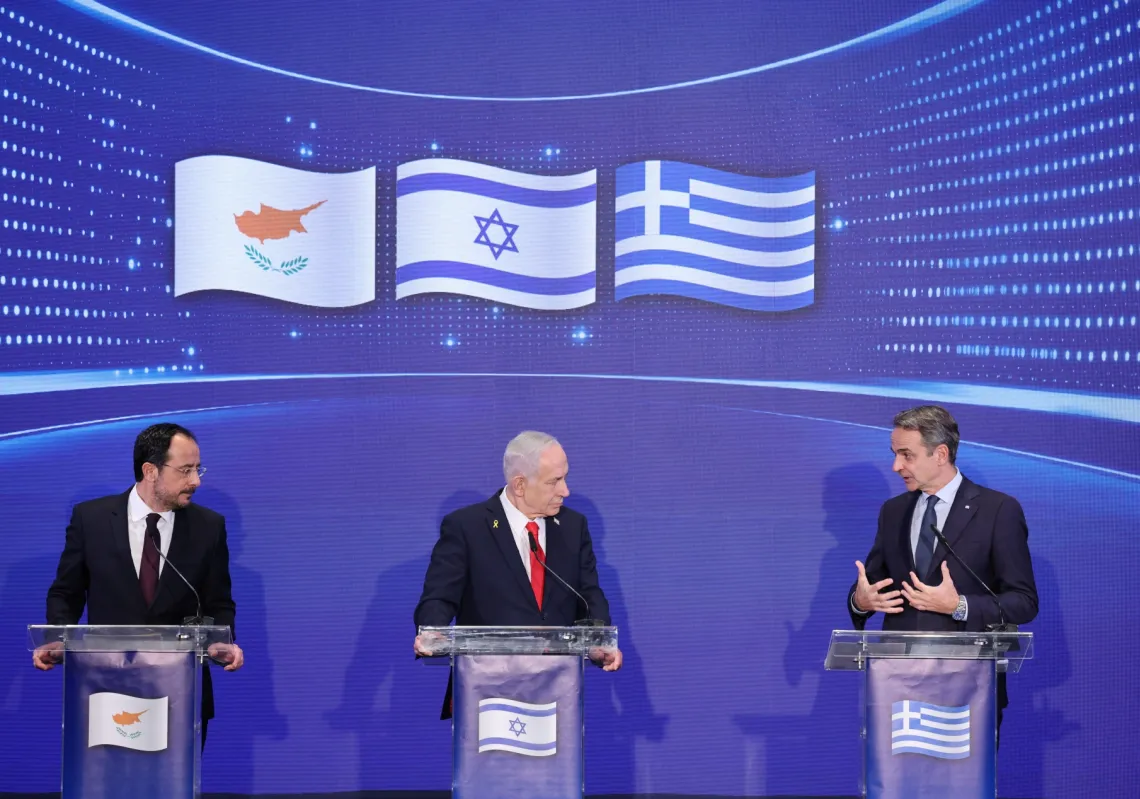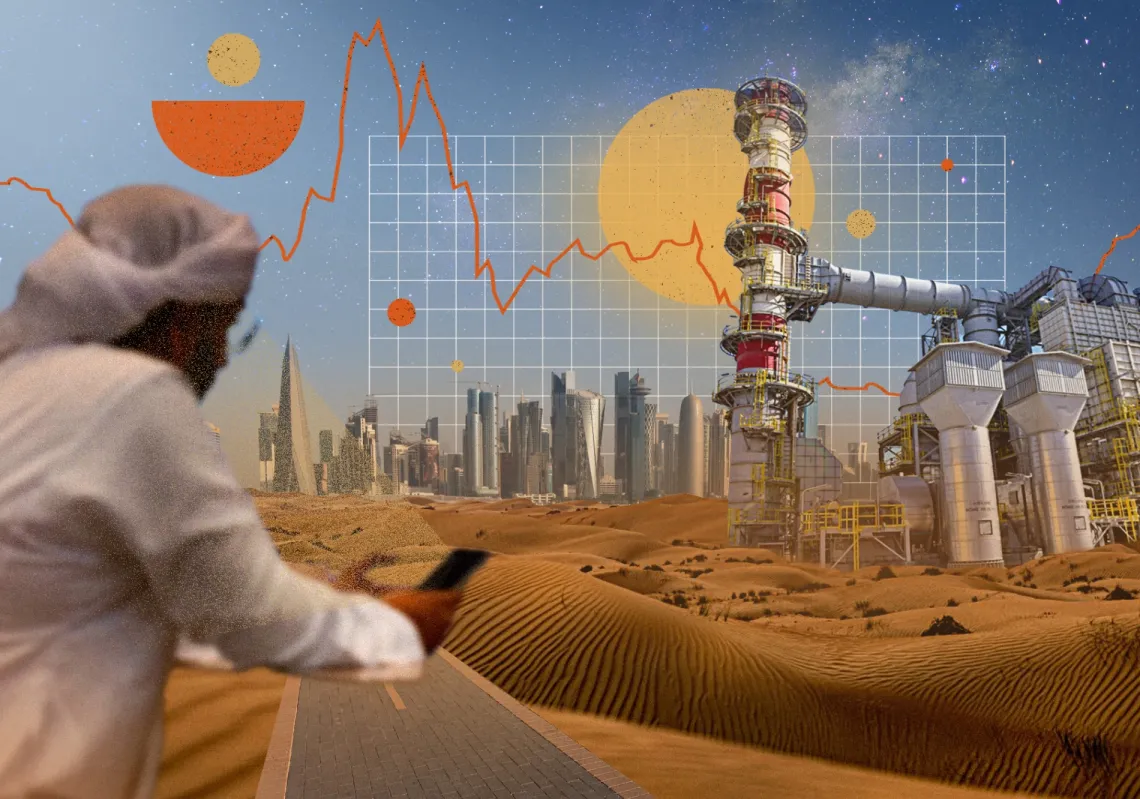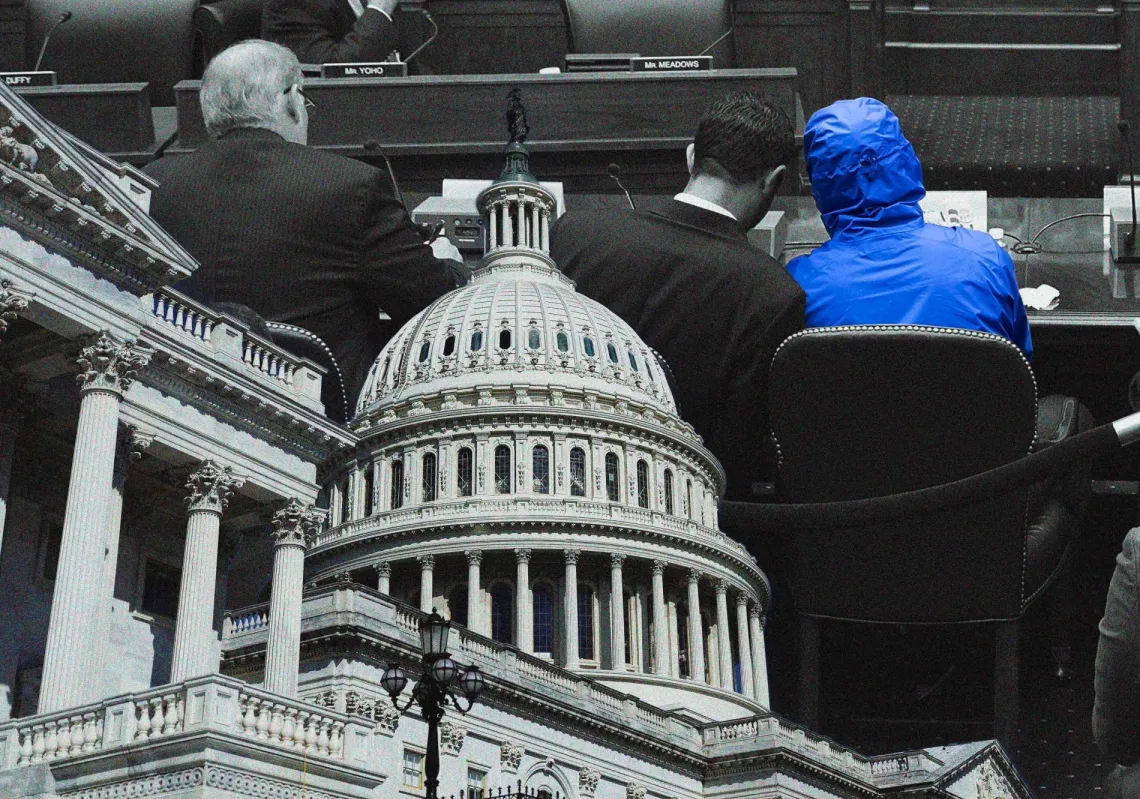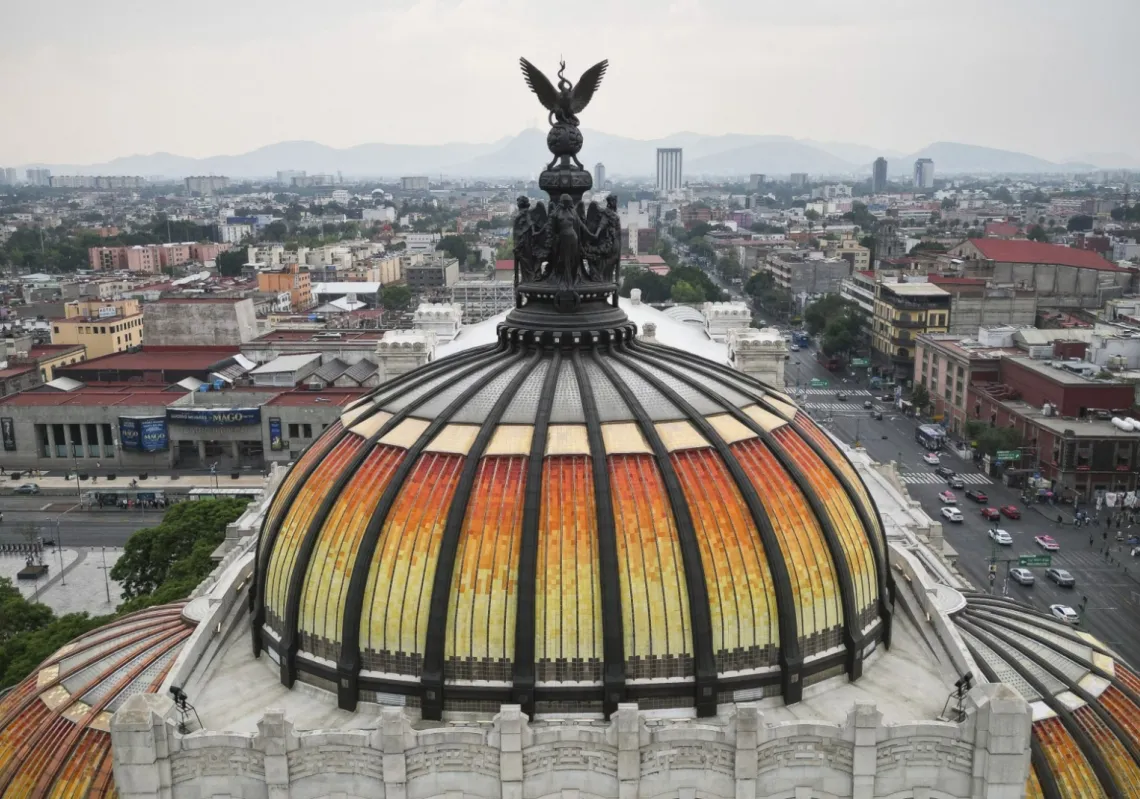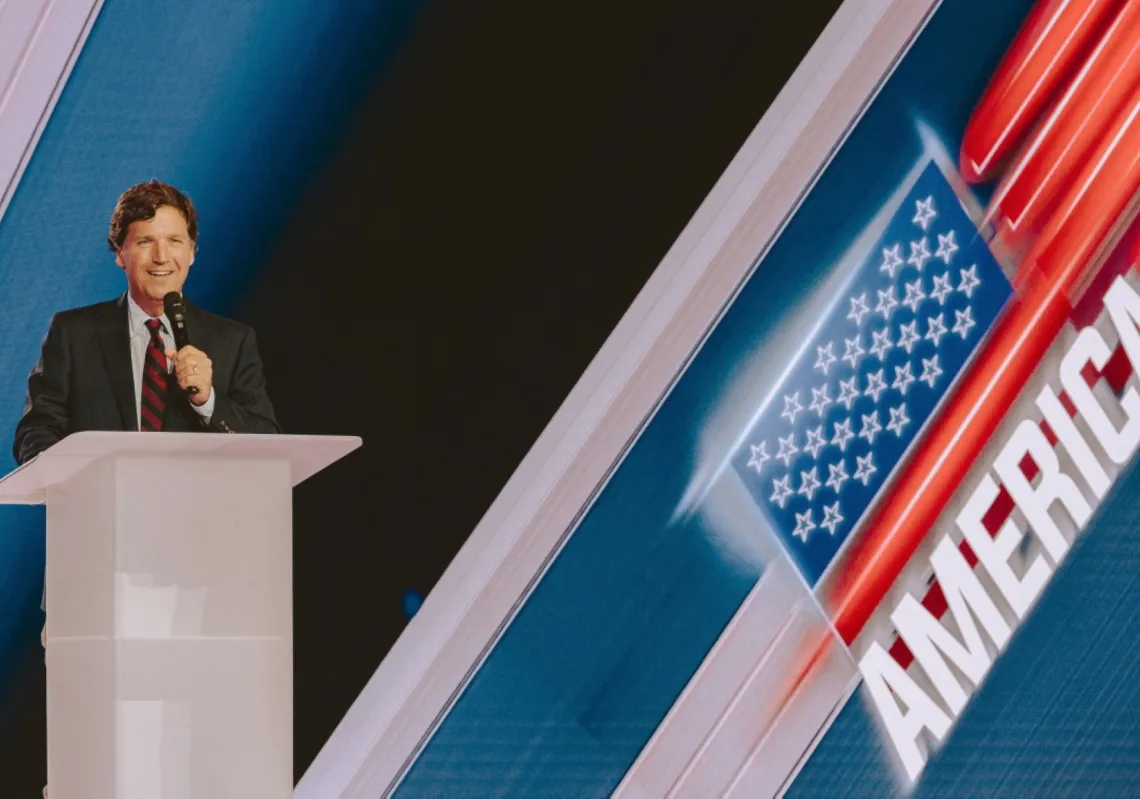 Still image from video Concrete, 2012 (Khaled Jarrar)[/caption]“I am not a political artist,” insists Khaled Jarrar, the Palestinian artist who recently exhibited his work in London. “I don’t do political art; I’m simply reflecting my own experiences,” Jarrar told The Majalla. Although he does not want to be cast in the role of the rebellious Palestinian artist, he throws his vitriol with devastating eloquence. He literally seeks to break down the wall that separates Israelis and Palestinians, and yet, at the same time, his art takes the viewer on a journey of the absurd.
Still image from video Concrete, 2012 (Khaled Jarrar)[/caption]“I am not a political artist,” insists Khaled Jarrar, the Palestinian artist who recently exhibited his work in London. “I don’t do political art; I’m simply reflecting my own experiences,” Jarrar told The Majalla. Although he does not want to be cast in the role of the rebellious Palestinian artist, he throws his vitriol with devastating eloquence. He literally seeks to break down the wall that separates Israelis and Palestinians, and yet, at the same time, his art takes the viewer on a journey of the absurd.
Jarrar’s art—a combination of sculpture, film, photography and painting—is born out a life throwing stones in the intifada, working as a carpenter while dreaming of art, and serving in Yasser Arafat’s presidential guard. “It was art,” he says “that [turned] me into a soldier.” As a young man, Jarrar wanted to attend art college, but his financial circumstances meant that he was instead compelled to join the police force in order to pursue that dream. During the training period, he was persuaded to join Yasser Arafat’s presidential guard. His ego was sufficiently pumped, and it was a well-paid job. Jarrar accepted the offer in 1997, when he was twenty-one years old.
Jarrar makes clear that serving Arafat was both an honor and a labor of love. Despite Arafat's many shortcomings, real or perceived, Jarrar feels an intense attachment to the man. It was the personal relationship and appreciation that Arafat had for Jarrar’s services that endeared him to the artist. “When the Israelis were besieging us in 2003, Arafat was right next to us with his revolver. When many were afraid, he was there not caring for his own safety,” said Jarrar. He was injured in the siege, hit by two dum-dum bullets that shattered his leg: “These bullets are illegal and are used to shoot elephants and explode inside your body.” The injury put him out of action for a year. “When Arafat learned that we were well enough, he interrupted a press conference and went to us and kissed our hands.”
[caption id="attachment_55244478" align="alignright" width="285"]
 Khaled Jarrar (Ayyam Gallery)[/caption]The incident forced Jarrar reassess his life, and take a back seat with the presidential guard. He began to work as a part-time graphic designer and also started to work with film. “The filming changed my life,” he says, “because I saw myself when I was filming these new recruits to the presidential guard, and it became the story about human beings in general.” It set Jarrar off on a journey that eventually saw him leave the presidential guard, in 2007.
Khaled Jarrar (Ayyam Gallery)[/caption]The incident forced Jarrar reassess his life, and take a back seat with the presidential guard. He began to work as a part-time graphic designer and also started to work with film. “The filming changed my life,” he says, “because I saw myself when I was filming these new recruits to the presidential guard, and it became the story about human beings in general.” It set Jarrar off on a journey that eventually saw him leave the presidential guard, in 2007.
His exploration of the absurdity of the Palestinian situation brought him international acclaim. Jarrar’s work depicting the humiliation of the checkpoints—which he displayed at the checkpoints themselves—allowed some Palestinians to experience an art exhibition for the first time, while Israeli soldiers, tourists and the international community came face-to-face with the uncomfortable reality of occupation. For some, the truth was hard to take, and there were attempts to suppress his exhibition. “It was intensely empowering,” he says.
His work with film allowed him to produce Infiltrators, a documentary about Palestinians entering Israel by evading Israeli security measures. In his most recent exhibition, Whole in the Wall, displayed at London’s Ayyam Gallery, Jarrar erected a concrete wall with a Palestine shaped hole in it. The wall forced the visitors to climb through the hole in order reach the other side, allowing them to experience how Palestinians deal with occupation. There were also statues sculpted out of the wall itself. Jarrar says the best possible result would be if “an Israeli art collector buys it and displays it in Israel.”
But his art is not just about making us feel uncomfortable; it is also about the sheer absurdity of occupation. Jarrar draws inspiration from his own experiences: his recollection of a visit to his sister in Nablus is particularly moving. He recalls how he took his two boys with him—Adam, who was an infant at the time, and Muhammad, who was six years old. When they reached a checkpoint, Israeli Defense Force soldiers became enamored with his baby boy and loved the fact that he was called Adam, a name shared by both Jews and Muslims.
Once they crossed the checkpoint, Muhammad needed to go to the bathroom. They returned to the checkpoint and he asked the same soldiers if his six-year-old could use the bathroom, but they refused because of security issues. The artist protested and asked if they had been so kind to his other son, why not to Muhammad? “They wouldn’t even listen, and they threatened to shoot,” he said. In the end, his son defecated in his trousers on the bus: “The whole bus smelled and I had to blame my infant boy. I didn’t have any means to clean him. . . . My heart was breaking up inside, while I was being strong for my six-year-old.” It is exactly this absurdity that Jarrar wants all of us to experience, and the reason why his work is so interesting—so much so that he was invited to showcase his work at the Edinburgh International Film Festival in June.
Remarkably, Jarrar is not bitter about the conflict, and his solution is not about revenge but rather about finding a common ground to share space. “First and foremost,” he insists, “in order for there to be reconciliation there has to be recognition that a wrong has occurred, that the British made a huge mistake with the Balfour Declaration [and] that, in actual fact, this was a land with people.” He believes that once this hurdle is crossed and adequate reparations are made to those who lost out, then the healing process can begin.



